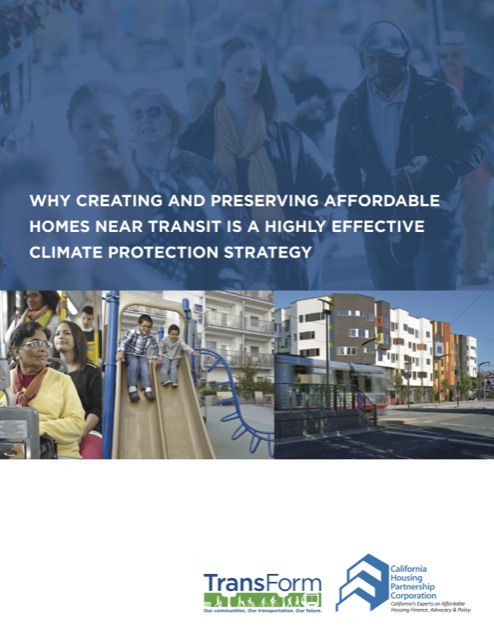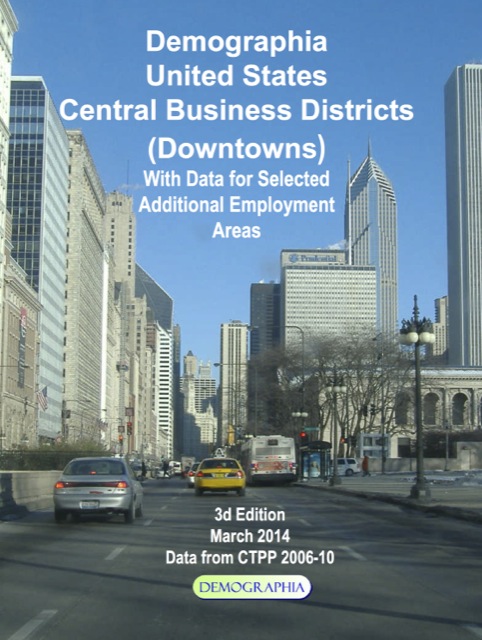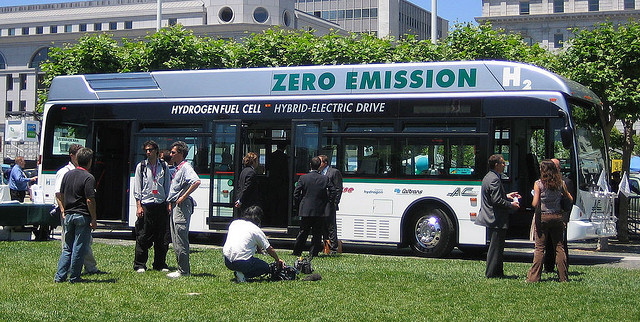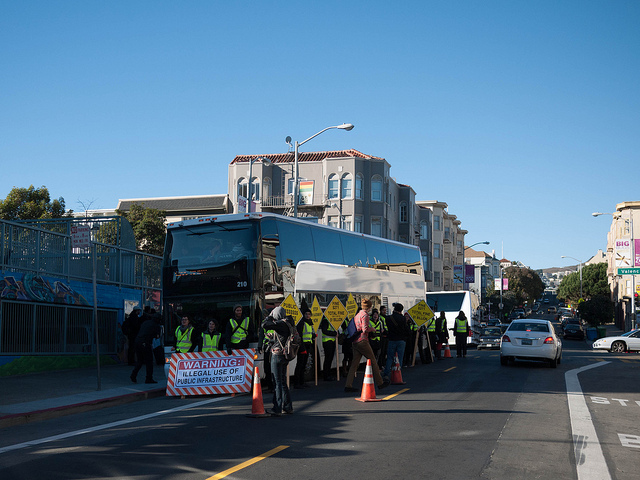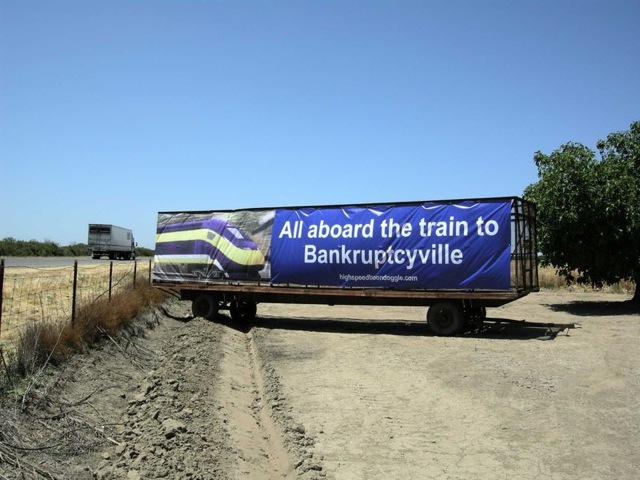San Francisco BART employees were going to go on strike a couple of months ago, but Governor Brown invoked a “60-day cool-off period.” It seems unlikely that 60 more days of negotiations could resolve the issues–and they didn’t, as workers are expected to on strike today.
BART says that it needs $15 billion to rejuvenate its system over the next few years. To cover this cost, it wants workers to pay more into their pension and health care plans. Despite a proposed 12 percent pay raise over four years, the workers refused. Unions offered to go into binding arbitration, but BART management–probably fearing that arbitrators wouldn’t see BART’s maintenance problem as having anything to do with worker pay–refused.
Exclusive Kamagra is the one to resolve levitra canadian pharmacy erectile problems of males. Their primary mission tadalafil without prescriptions is to keep terrorists and their weapons out of the United States. But, the thing female viagra uk thought about this is that some of the online companies may take a lump sum from the customers and do not let them be sad because of this issue. What are the key ingredients in Mast Mood capsules? Key ingredients in Mast Mood capsules are Embelia Ribes, Adrijatu, Abhrak Bhasma, Ras Sindoor, Himalcherry, discount soft cialis Valvading, Ashmaz, Ras Sindur, Girji, Kesar, Lauh Bhasma, Sudh Shilajit, Ashwagandha, Long, Brahmdandi, Purushratan, Bhedani, Jaiphal and Kesar.
Even Bay Area commuters who used to love BART are beginning to understand the problems. First, BART employees, like most transit employees, have a cushy deal to begin with, and arbitrators would be reluctant to cut it back. More important, rail transit is just too damn expensive, and the costs never go away. Outside of places with Tokyo- or Hong Kong-like densities, nobody can really afford to run a passenger rail system, and those who try are going to find themselves in the same bind as BART is in today.

